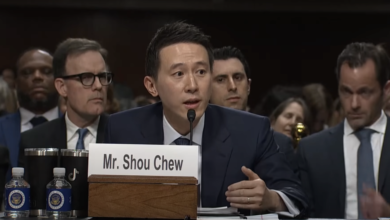In a desperate attempt to maintain
revenue, the University of California statewide system has responded to deep
budget cuts handed down by the state by pushing for increased enrollment of
non-resident students. Non-resident students pay significantly more tuition
than California residents.
|
UC Berkeley students protest budget cuts March 4, 2010 |
Some 3,000 of UC’s projected 37,151
freshmen will be from out-of-state or overseas, an increase of 6 percent since
last fall. The change is mainly at UC Berkeley and UCLA; Berkeley shows
the most dramatic shift, with non-Californians expected to constitute 22.6
percent of its freshman class, a figure that has doubled since last year.
At UCLA the
number of freshmen from California and other U.S. states will be about the same
as last year, but the number of freshmen from abroad will increase to 364, 207
more than the previous year. As a result, non-Californians are expected to make
up about 15 percent of UCLA’s freshman class.
A UC commission
planning for the university’s future has suggested raising the overall share of
non-California residents to 10 percent. The dramatic increase in non-resident
students has left prospective resident students fearful that a profit-driven UC
system will make UC admission much more difficult, as Chancellor Yudof and the
UC Regents pursue a funding “solution” through the extra $22,000 that each
non-resident student must pay.
UC officials
claim that they are accepting as many residents as their state budget permits
and that the extra money from non-residents will help to subsidize classes and
campuses for Californians. However, the universities are accepting fewer
students, classes continue to be cut, less financial aid is being offered and
college dropout rates continue to increase. At the same time, UC workers face
enforced furloughs.
The turn toward
out-of-state and international students is quickly becoming a national trend.
According to data from the U.S. Department of Commerce, expenses for foreign
students in the U.S. amount to a whopping $17.8 billion per year. These
students do not qualify for financial aid and pay the highest amount of
tuition, often coming from the wealthiest sectors of their respective
countries.
The root of the
problem is not out-of-state students. While the UC system resorts to desperate
measures, the California government has refused to halt tax breaks and
subsidies for corporations. It continues to be the only oil-producing state
that does not extract an oil severance tax. As austerity measures in California
worsen, the U.S. ruling class as a whole is increasingly locked in to the high
costs of maintaining the empire—spending over a trillion dollars per year on
war and billions more on propping up apartheid Israel—far more than enough
money to provide free, quality higher education to all workers.






